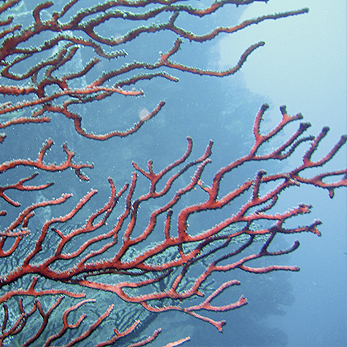Next steps towards ecosystem assessment
OSPAR’s existing thematic assessment approaches have been extended by the development of EcoQOs as a North Sea pilot project. Through the Utrecht workshop, OSPAR has also piloted a new approach for assessing additional aspects of ecosystem status at a broader scale. This pilot assessment has provided important lessons for future integrated assessments, such as those that may be needed for the EU Marine Strategy Framework Directive.
Further development of OSPAR’s monitoring and assessment capabilities to address wider ecosystem functioning and biodiversity status must build on, and seek compatibility with, assessment methods developed under the Marine Strategy Framework Directive as well as other EU Directives (Water Framework Directive, Habitats Directive, Birds Directive) and other regional marine conventions (e.g. HELCOM). OSPAR Contracting Parties should cooperate to address the following priorities for action:
- To develop an improved and comprehensive set of indicators building on the current EcoQOs to enable assessment against OSPAR’s objectives of a clean, healthy and biologically diverse sea. These indicators should cover the main ecosystem components, the range of relevant pressures and should be suitable for assessing ecosystem functioning and cumulative effects.
- To identify information needs to enable a move from expert judgement to a more evidence-based assessment. Improvements in the accessibility of all marine data will support this.
- To extend the development of ecosystem assessment methodologies which bring together and build upon OSPAR’s existing approaches for thematic assessments. This should include a consideration of appropriate ecosystem components and their interactions as part of ecosystem functioning. There is a need for assessment criteria (especially for species) that take into account regional differences and for agreement on the most appropriate geographic divisions. Aggregation and integration techniques need to be developed.
- To develop integrated monitoring programmes, which take into account monitoring being undertaken in other forums and draw together current strands of OSPAR’s work (e.g. EcoQOs, species and habitats on the OSPAR list of threatened and/or declining species and habitats) and which integrate across physical, chemical and biological systems.
- To further research both the impact of pressures that are insufficiently understood (e.g. litter, noise, electromagnetic radiation) and biological changes that cannot presently be explained (e.g. declines in seabird populations).
- To develop methodologies to judge whether the North-East Atlantic is being used sustainably.

